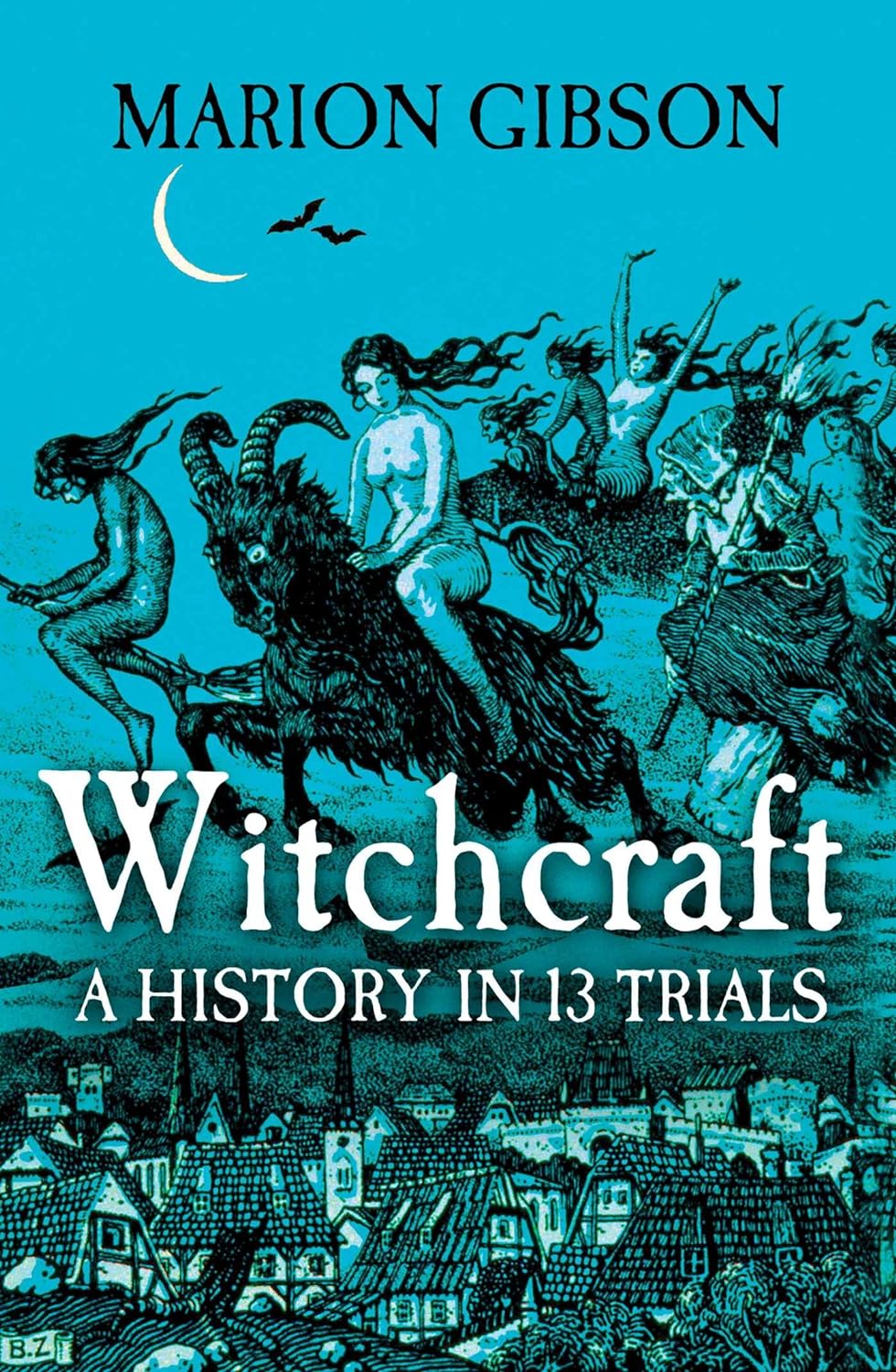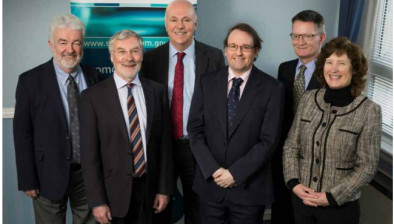Review: Unlucky thirteen – witchcraft in 13 trials

In the wake of the dropping of proposed legislation in Scotland to pardon those unfortunate women convicted of witchcraft, Robert Shiels reviews the latest book to consider witchcraft trials of the past – and present.
There was before the Scottish Parliament from June 2022 a proposal for legislation under the short title of the Witchcraft Convictions (Pardons) Bill. The core policy was to pardon those convicted under the Witchcraft Act 1563. That proposal was withdrawn in April 2023.
The bill may have looked odd in modern circumstances, particularly given the dates of convictions for potential pardons, but this new book on witchcraft goes some way to explain the subject matter and records the voluminous literature now on the historic phenomenon.
Professor Marion Gibson of the University of Exeter has used, most interestingly, 13 trials to tell the global history of witchcraft and witch-hunts. As well as exploring the origins of witch-hunts through some of the most famous trials from the Middle Ages to the modern era.
The professor shows how witchcraft was reimagined by lawyers and radical historians in France, how suspicions of sorcery led to murder in modern America of the 1930s, and the effects of colonialism and Christian missionary zeal on ‘witches’ in Africa.
These narratives of witchcraft and the reaction to it demonstrate the potent reality of belief in evil and how universally fear can be used on marginal people, mostly women, and labelled as wicked and dangerous.
More particularly for Scotland, there is consideration in the book of the trials of the North Berwick Witches. Whatever the detail of the theological distinctions between the Catholic and Protestant communities of the time both held very similar witch trials.
Also, a short study of Nellie Duncan, from Callander via the Dundee jute mills and then on to Portsmouth, who was tried in the Old Bailey in 1941 for contraventions of the Witchcraft Act 1735 by raising and communicating with spirits as witches were thought to do.
It might be thought that there were more pressing problems for those in authority to consider with the signs of death and destruction from total war visible around them at the time. However, the ceaseless fight against crime concluded with Nellie being sentenced to nine months’ imprisonment.
It may be doubted that it is correct to say that “the witch trial was a tool invented by demonologists to hurt and silence such perceived enemies”. Criminal trials have long existed for proof of facts of other alleged crimes.
Existing procedures were used to pass new laws and then to enforce them in courts from 1563 and that political action demonstrated changes in religious and social attitudes.
The existence of such changes are obvious from the final chapter concerning Stormy Daniels and her versatile career in modern America. Her detractors there have accused her of what she believes to be witchcraft.
This modern episode is in itself an interesting story but it does not sit easily with the circumstances of the impoverished and illiterate women of the distant past accused of witchcraft as a part of the criminal law.
Witchcraft: A History in 13 Trials by Marion Gibson. Published by Simon & Schuster, 298 pp.









